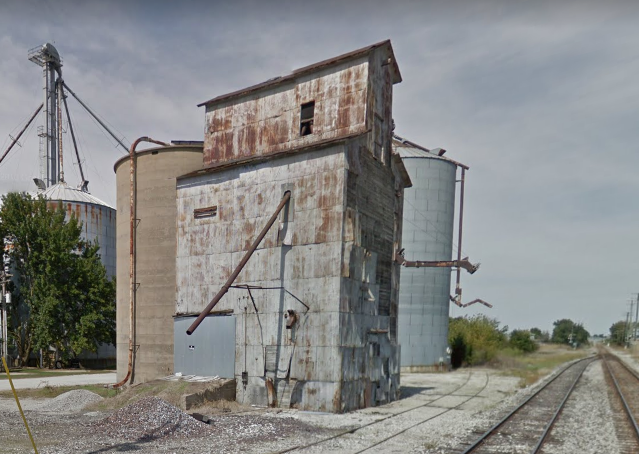The August 4, 1958 issue of “Railway Age Magazine” featured an article called “Car Ferry Gets a New Look. Ann Arbor’s Refurbished No.6 scheduled to reenter service this year.” In 1955, four thousand more loaded rail cars on Ann Arbor vessels crossed Lake Michigan than the previous year, bringing the total to over 65,000. Ann Arbor Railroad (AA) was running three fast freight trains each way between Toledo and Boat Landing on a regular schedule, timed to sync with the ferry operation. Additional trains were also run each day to keep up with the traffic. The Ann Arbor Railroad concluded that all this activity called for a new car ferry to meet the demand of its cross lake service. To expand the capacity of cross-lake operations, the AA drew up plans for a new car ferry similar in design to rival the Chesapeake & Ohio’s “City of Midland” built in 1941, as well as their Badger and Spartan, both built in the early 1950’s. But the estimated cost proved to be much more than expected, so the project was scuttled. The AA began to look at other alternatives to augment their aging car ferry fleet. In 1955, the railroad’s five vessel fleet consisted of the Ann Arbor Nos. 3,5,6, and 7 and the newest, the 1927 Wabash. 3 and 5, built in 1898 and 1910, were deemed too old to be economically upgraded, and thus the 1916 built No.6 was chosen to be rebuilt. She was underpowered compared to newer car ferries, which added to her deficiencies as an icebreaker, and increases in rail car length had limited her capacity to a mere 24 loaded rail cars. Ann Arbor No. 6 made its way to the Manitowoc (WI) Shipbuilding Company for a complete overhaul which began as she was cut in two and had 34 feet added to her length. Her spar deck was raised two feet to allow taller loads on the car deck, and her four scotch boilers and two 3 cylinder triple expansion steam engines were removed. The engines were replaced with two labor saving 2750 horsepower Nordberg non-reversing V-12 diesel engines. . The engines were connected to Westinghouse reduction gears that turned two KaMeWa pitch-reversing propellers. Control of the propellers was housed in a single lever that could shift their pitch and change their direction, making the boat highly maneuverable and responsive. Other improvements made the ship highly maneuverable and responsive. Although given diesel engines for power, No. 6 still relied on labor intensive steam for steering, winches, and heating. With increased speed (18 miles per hour), capacity (now 27 fully loaded rail cars), and a stretch from stem to stern of 372 feet, AA No.6 was ready for her (somewhat checkered) second chapter. As seen in the photo from the Warrick Collection, her appearance was completely altered during the rebuild. The new bridge and single smokestack made her look like a modern ocean liner. The conversion cost of $2.3 million dollars was money well spent when compared to the cost of a new ferry coming in at nearly $7 million. Her new cruising speed cut off an hour of the schedule of the steam powered days, and she proved herself to be an excellent ice breaker. (At this point in time, car ferries were a year round operation). Less than a year after rebuilding began, the ship returned to service as the Flagship of the Ann Arbor fleet as the newly christened MV Arthur K Atkinson on March 14, 1959. This was to honor Mr. Atkinson, the outgoing egotistical and flamboyant Wabash Railroad president. The railroad proudly hosted “Open Houses” on both sides of Lake Michigan for shippers to inspect the “new” vessel. (see comments) Originally launched in Ecorse, Michigan in 1916, and redesigned 42 years later, the ship under the Atkinson name weathered damaging storms, equipment difficulties (she was once laid up for over 6 years awaiting repairs), and finally retirement in 1982. A 1994 plan to convert the Atkinson into a casino ship in Ludington only delayed her fate, as eventually she was towed to Sault Ste. Marie from DeTour and scrapped in 2012 at the MCM facilities. |




















%20NASL%20Stadiums_%20Chicago%20Stadium%20was%20the%20largest...%20-%201970s%20Soccer%20USA%20_%20Fac.png)


















































